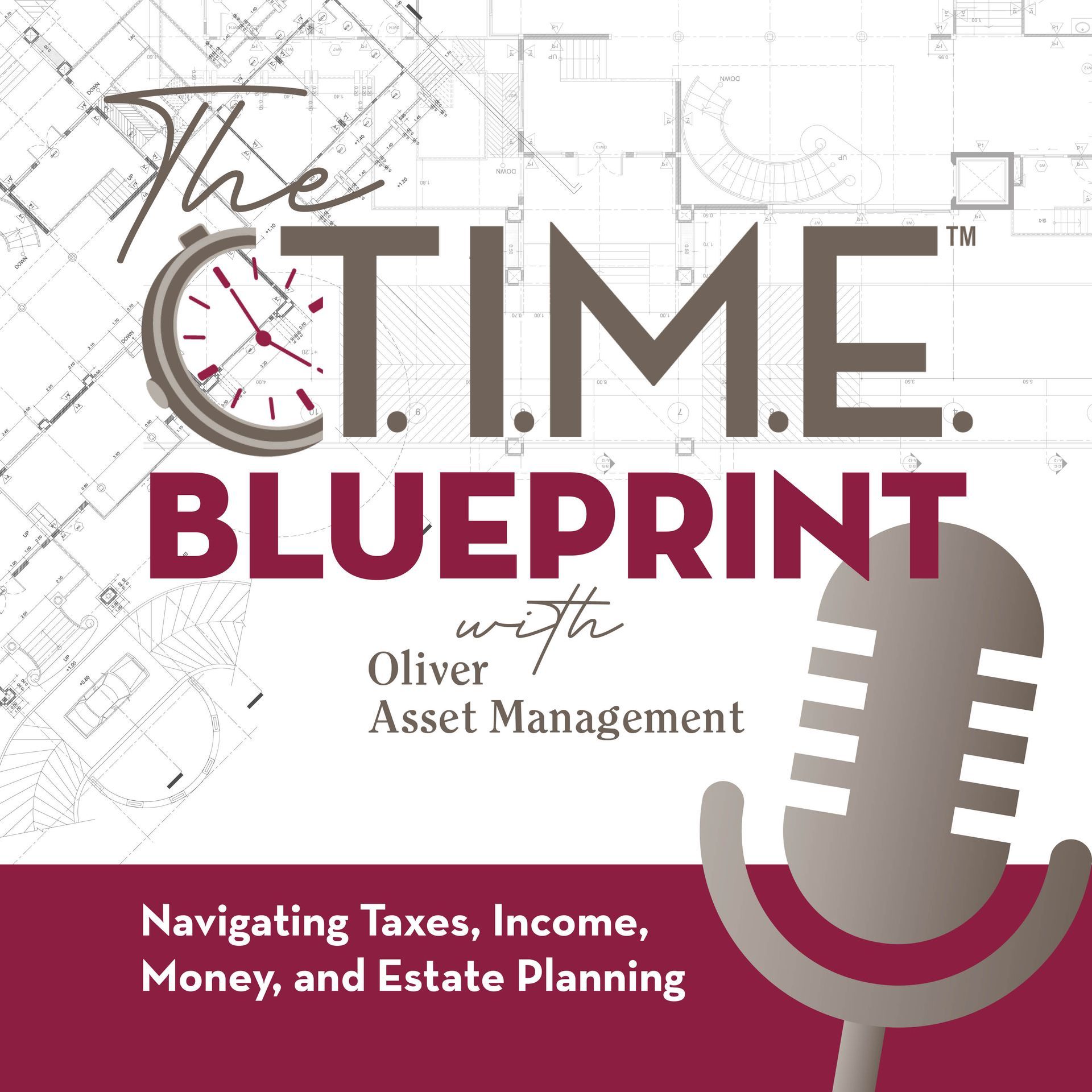3 WAYS THE SECURE ACT BENEFITS WOMEN
It seems like the entire world has revolved around the coronavirus for the past two months. It has changed our way of life, the way we work, and even the way we interact with friends and family.
Believe it or not, there have been other new developments in 2020 besides coronavirus. One of those new developments could have a big impact on your retirement. It’s the Setting Every Community Up for Retirement Act, also known as the SECURE Act. It was signed in December 2019 and became effective as a law on January 1, 2020.1
The SECURE Act makes big changes to many areas of retirement planning, including IRA contributions, 401(k) investment options, and even things like required minimum distributions (RMDs). It is likely to impact all retirees, but it could have significant benefits for women. Below are three ways in which the SECURE Act could help women in their retirement planning:
Delayed RMDs
One of the biggest changes in the SECURE Act is the adjustment of the RMD age from 70 ½ to 72.1 RMDs are mandatory withdrawals you must take from your 401(k), IRA, and other qualified accounts. The withdrawals are taxable, and there’s a steep penalty if you fail to take an RMD.
The RMD amount is based on life expectancy and your account balance. Generally, as you get older, your RMD increases. The same life expectancy formula is applied to both men and women, even though women generally live longer than men. According to the Social Security Administration, the average 65-year-old man will live to 84 while the average woman will live to 86.5.2
The SECURE Act doesn’t change the life expectancy formula, but it does reduce the amount of time that an individual will be forced to take RMDs. Retirees can start taking these distributions later, which could be especially helpful if your goal is to leave assets behind for your loved ones.
Guaranteed Income Options in 401(k) Plans
Another big change in the SECURE Act is the way it impacts investment options in 401(k) plans. The law makes it easier for 401(k) plans to offer annuities that provide guaranteed* lifetime income. The guarantees* vary by product. However, the general idea is that the funds allocated to the annuity option are used to create a guaranteed* income stream when you retire. You get the income for life, no matter how long you live.
Again, this could be beneficial for women because of their longer life expectancy. One of the biggest challenges in retirement planning is generating income that will last for life, especially if you live into your 90s or beyond. This option could provide you with certainty and a predictable income, no matter how long you live.
401(k) Access for Part-Time Employees
The SECURE Act also made 401(k) plans more accessible for part-time employees. Under the old rules, an employee needed to work 1,000 hours in a year to be eligible for 401(k) participation. Under the SECURE Act, an employee can be eligible by either working 1,000 hours in one year or 500 hours in three consecutive years.1
For a variety of reasons, more women work part-time than men. According to the Bureau of Labor Statistics, only 12.4% of male workers in the United States were part-time in 2016. More than 25% of female workers were part-time over that same period.3 This change in rules now allows those part-time workers to use a 401(k) to save for retirement.
Ready to see how the SECURE Act impacts your plans for retirement? Let’s talk about it. Contact us today at Oliver Asset Management. We can help you analyze your needs and develop a strategy. Let’s connect soon and start the conversation.
1https://money.usnews.com/money/retirement/iras/articles/what-is-the-secure-act
2https://www.ssa.gov/planners/lifeexpectancy.html
3https://www.bls.gov/opub/ted/2017/percentage-of-employed-women-working-full-time-little-changed-over-past-5-decades.htm
Advisory services offered through Change Path, LLC a Registered Investment Adviser. Change Path, LLC and Oliver Asset Management are unaffiliated entities.
Licensed Insurance Professional. This information is designed to provide a general overview with regard to the subject matter covered and is not state specific. The authors, publisher and host are not providing legal, accounting or specific advice for your situation. By providing your information, you give consent to be contacted about the possible sale of an insurance or annuity product. This information has been provided by a Licensed Insurance Professional and does not necessarily represent the views of the presenting insurance professional. The statements and opinions expressed are those of the author and are subject to change at any time. All information is believed to be from reliable sources; however, presenting insurance professional makes no representation as to its completeness or accuracy. This material has been prepared for informational and educational purposes only. It is not intended to provide, and should not be relied upon for, accounting, legal, tax or investment advice. This information has been provided by a Licensed Insurance Professional and is not sponsored or endorsed by the Social Security Administration or any government agency.
*Guarantees provided by annuities are subject to the financial strength of the issuing insurance company; not guaranteed by any bank or the FDIC. Guaranteed lifetime income available through annuitization or the purchase of an optional lifetime income rider, a benefit for which an annual premium is charged. .. 20043 – 2020/4/28














